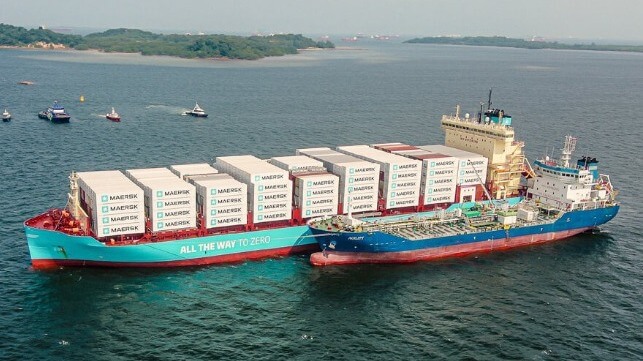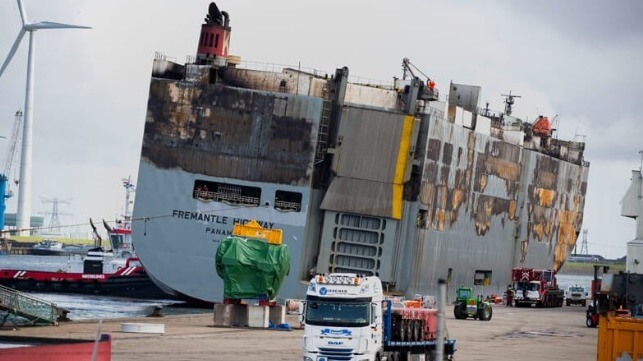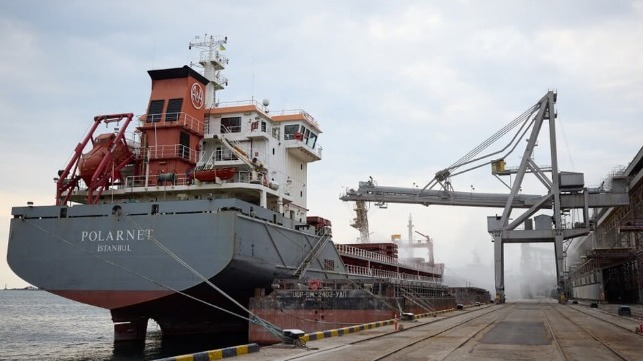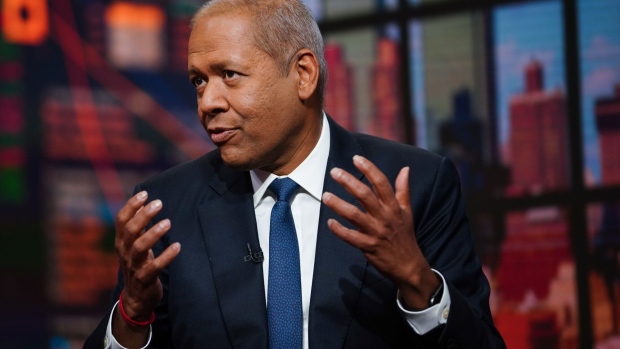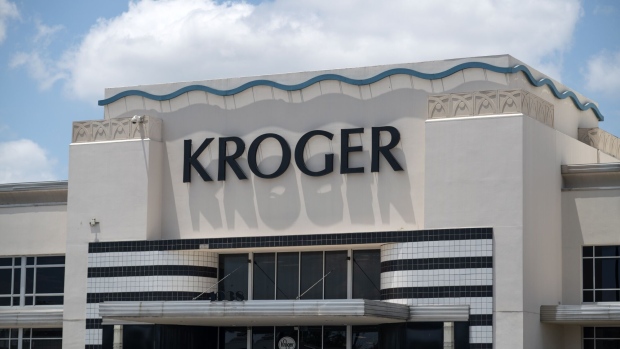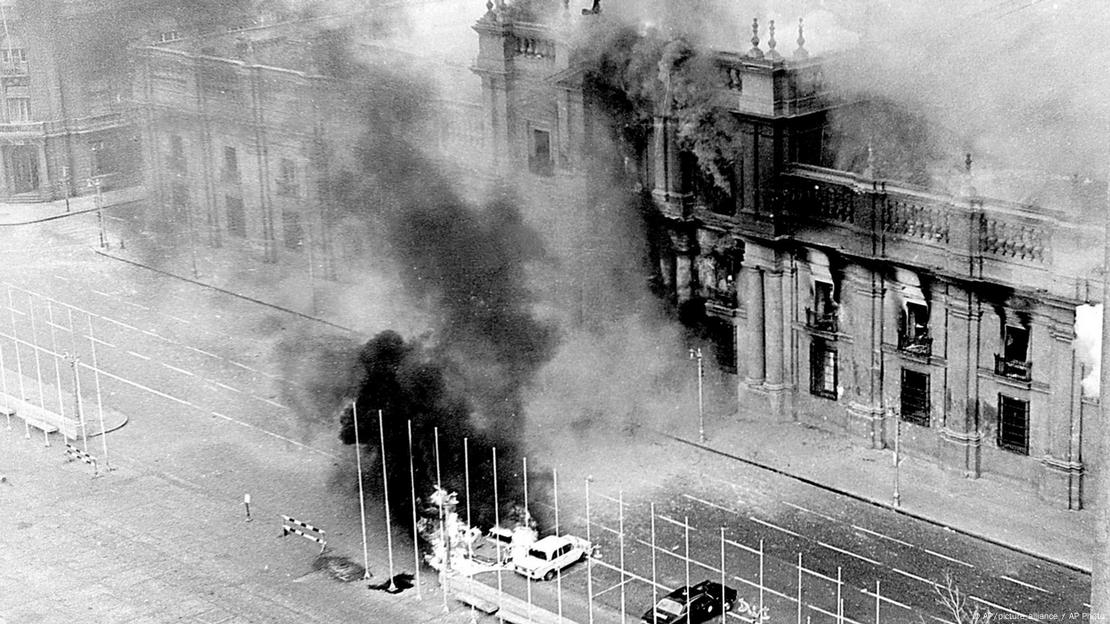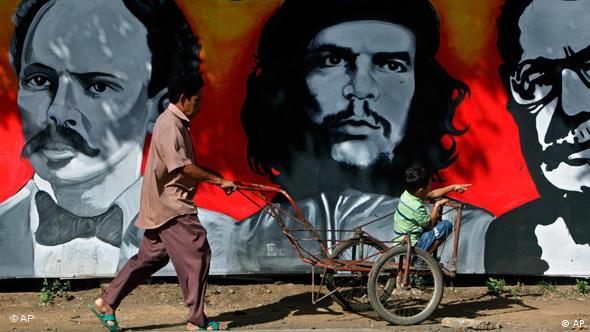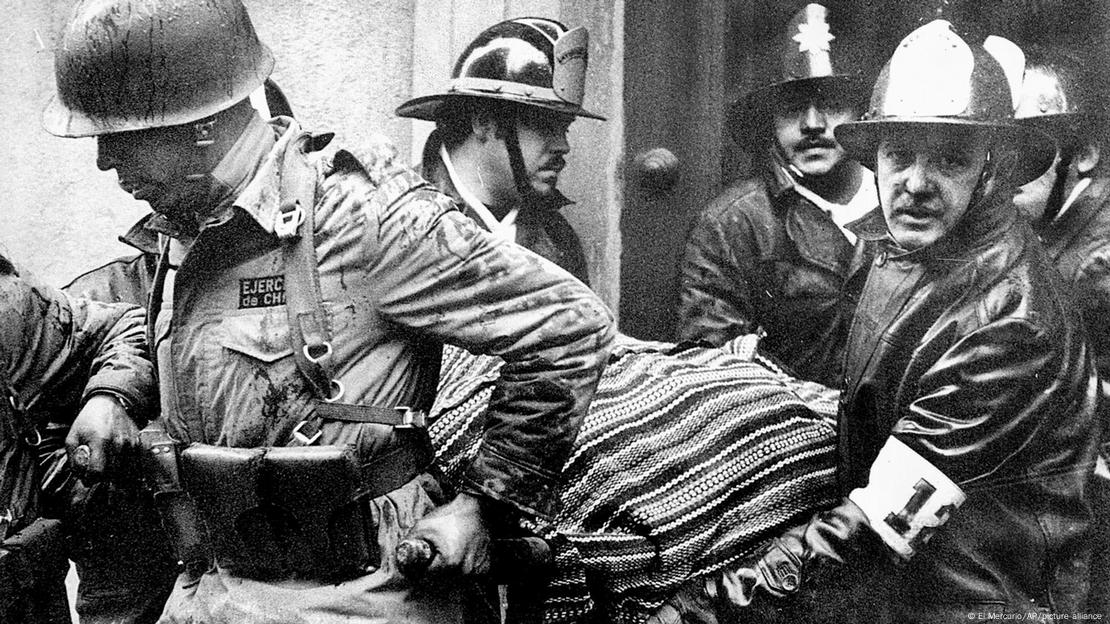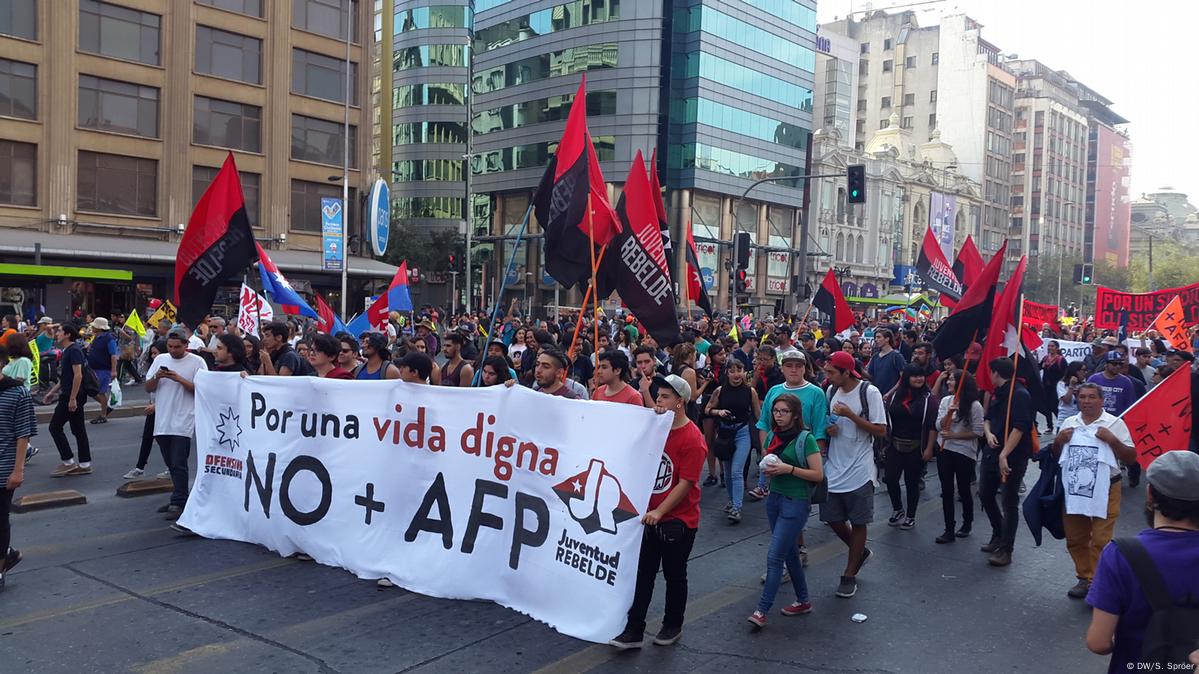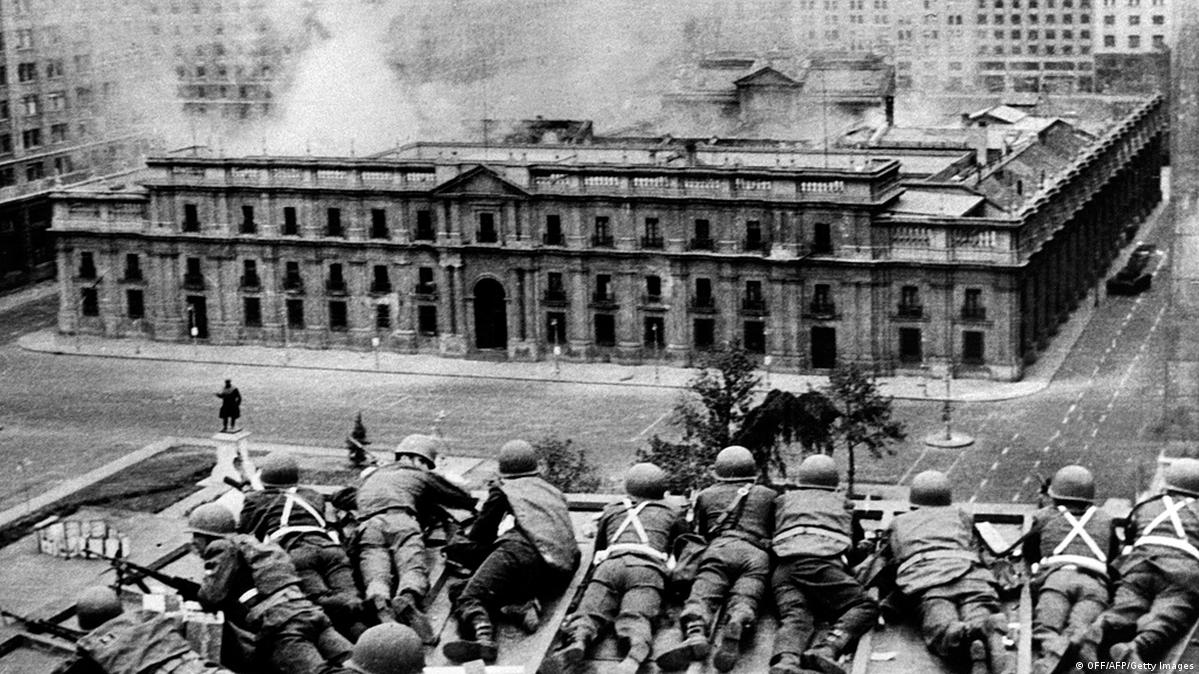NOT JUST CAR DRIVERS
UK Finds Distracted Officer Chatting Online Caused Collision Killing Two
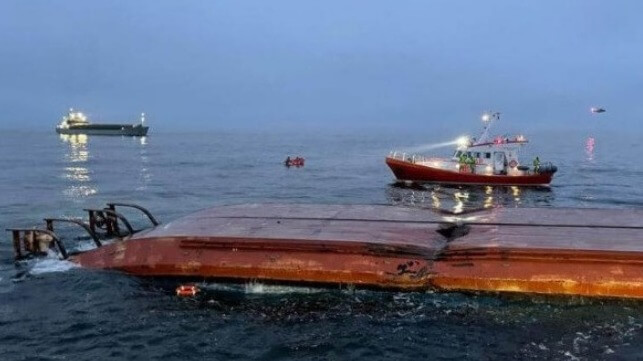
The UK Marine Investigation Branch released its Accident Report on the December 2021 fatal collision between a UK-registered cargo ship and a small Danish hopper barge off Sweden that resulted in the death of the crew of the Danish vessel. The report is the latest instance of a distracted crewmember using a personal electronic device causing an accident while it also finds that alcohol could have influenced decisions and neither vessel was following international standards and requirements for nighttime lookouts.
The collision happened at 0327 on December 13, 2021, in the traffic separation lanes between Sweden and Denmark. The Scotline vessel Scot Carrier (4,789 dwt) was sailing between Latvia and Scotland with a crew of eight and transporting a load of timber. Traveling in the same direction in the lanes was the Karin Høj, a small (492 dwt) hopper barge with silt and water as ballast and a crew of just two people. Its minimum safe manning was four.
Using data from the Scot Carrier, which was fitted with a voyage data recorder, the MAIB reconstructed the events noting it was focused on safety and not legal prosecution, which was undertaken separately in Denmark. The smaller vessel did not have a data recorder so they had to rely on AIS data, coastguard surveillance, radio communications, and the subsequent search and rescue and survey of the ship.
The second officer of the Scot Carrier was on the watch having assumed it from the master at 23:00. The vessel’s chief officer had been removed from his watch because the master believed he smelled alcohol on the CO’s breath during a dinner break.
The Scot Carrier was traveling at approximately 12 knots and they reported the weather conditions and visibility were good. The second officer was alone on the bridge and the vessel was on autopilot so he sporadically watched a video, listened to music, and around 0148 started using his tablet computer entered a chat site, and randomly chatted with strangers. He at times turned on the lights on the bridge or outside to show the people he was chatting with his situation, before around 0200 altering course at the predetermined waypoint. He went back to chatting with several random individuals on the site.
At approximately 0300 the Scot Carrier’s AIS system identified the Karin Høj as a dangerous target. The larger ship had been overtaking the smaller ship for some time, but the alarms on the navigation systems were turned off on the Scot Carrier. At 0322, while chatting the second officer again made a pre-determined course change and this time the MAIB believes he did not check his surroundings. About four minutes later he is heard exclaiming “Wait, Wait, Wait,” as he pulls back the main engine propeller pitch control, switches on a second steering motor, and disengages autopilot. He then puts the ship into full astern. Less than a minute later, the Scot Carrier collided with the port side of the Karin Høj at a speed of 8.7 knots, and the smaller ship rolled and capsized. The captain of the Danish ship was later found near his cabin raising the belief that he had begun to respond to the collision and the body of the mate who should have been on the bridge was never found.
On the Scot Carrier, the second officer is heard exclaiming “Oh, my god!” and is reported to be pacing. Instead of stopping, he steers the ship and ultimately goes back on course. When an engine alarm sounds, he denies anything is wrong and it is only 17 minutes after the collision that the master is alerted. That is only after the Swedish Coastguard contacted the ship and began questioning its actions. The Scot Carrier does return to the scene of the collision and is later ordered into port in Sweden.
The UK investigation finds a litany of issues beyond the distraction. The second officer had consumed several beers at dinner and later blood tests showed he was most certainly over the legal limit but had not displayed any outward signs during the handover from the master. The Scot Carrier did not have a lookout as required by law and company policy during hours of darkness.
It is harder for the MAIB to make definitive comments on the Karin Høj because of the lack of data or survivors. However, they point out the ship had initially sailed with three crewmembers, but the Able Seman had disembarked the day before the collision to join another company ship. The vessel also did not have a nighttime watch on the bridge and appears to have been on autopilot. They believe the officer on the bridge while aware they were being overtaken did not see the danger but he may have reacted moments before the contact.
The Courts of Denmark convicted the Scot Carrier’s second officer of manslaughter and maritime drunkenness. He was sentenced to 18 months’ imprisonment.
The MAIB lists a series of recommendations in the report, starting with the unmet requirement for lookouts during hours of darkness. They also cite Scotline for the alarms being turned off and the violation of the alcohol policy in two unrelated incidents on the same day, i.e. the chief officer and the second officer. The report finds while he was not incapacitated, the second officer’s actions were likely influenced by his alcohol consumption. The report also cites the falsification of hours and rest records on the ship.
The operator of the Karin Høj has reiterated rules and the safe manning standards to its masters. Intrada Ship Management which was managing the Scot Carrier issued reminders on rules including the use of personal electronics, amended rules on lookouts, started comprehensive audits on navigational practices, and increased random drug and alcohol screening.
